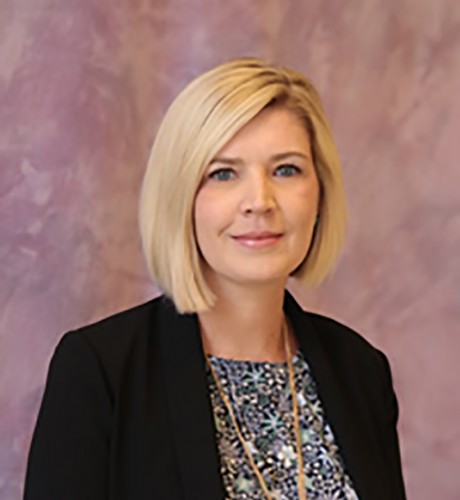
Virginia Tompkins, Ph.D.
Virginia Tompkins, Ph.D., associate professor, Department of Psychology, had her students in mind when she pursued an Affordable Learning Exchange (ALX) grant. Tompkins wanted to provide open resources for her autumn 2019 course on Lifespan Development (PSYCH 3340), a course she had taught 13 times since her arrival on the Lima campus.
The ALX grant work led her to identify several overlapping teaching challenges when she began her redesign in the spring 2019. In addition to open resources, she sought to:
- Make the material more relevant to students by focusing on skills and application to future careers.
- Make assignments and lectures more diverse.
- Focus on information literacy.
- Incorporate more active learning.
“I … aimed to ‘teach things worth learning’ (Barkely, 2010; p. 86),” Tompkins wrote in her IR portfolio. “In other words, rather than focusing on so much content, much of which changes rapidly, I aimed to focus more on prioritizing essential concepts (e.g., appreciation of diversity, information literacy) as well as some foundational developmental milestones that do not change (e.g., language milestones) and key developmental theories.”
Tompkins instructional redesign involved creation of two new assignments – “Diverse Perspectives Interviews” and “The Lifestory Project.” Both of these assignments focused on obtaining information from people and developing interview skills. This focus acknowledged that almost all students taking her course report wanting to pursue a career in which they interact with people in a clinical setting -- either in health care or mental health counseling. In the first assignment, students interviewed three adults from diverse backgrounds as a class. The second assignment called for interviewing an older adult on their life story.
The new assignments are just two of four strategy changes Tompkins introduced in conjunction with the ALX grant, but she did find the Diverse Perspectives Interviews to be the most successful “based on students’ attitudes in class during these interviews and based on their open-ended responses. In the future, I might try to invite interviewees with different types of diverse experiences. We focused on cultural diversity and immigration, but these interviews could also focus on racial diversity, sexual orientation/identity, developmental disability (e.g., autism), etc.”
Overall, Tompkins said the redesign process made her “more confident in taking risks in terms of changing my teaching approach generally and in terms of specific assignments. For example, I was concerned that by focusing so much on diversity, students would feel that it was forced upon them. I was also concerned that discussions of immigration, particularly from countries that so often appear in our news cycle (e.g., Russia, Iran) would be off-putting to students. On the contrary, I believe these interviews were very well-received based on students’ post-test comments.”
Tompkins' overall SEI rating during at the end of the semester was a 5.0 (up from 4.6 prior semesters). “I do not think that SEIs are the only way to judge a course’s success, but the 5.0 average rating does suggest that students were overall satisfied with the course content.”
![]() Tompkins’ IR portfolio outlines the four strategic changes she made and how she assessed their effectiveness.
Tompkins’ IR portfolio outlines the four strategic changes she made and how she assessed their effectiveness.
